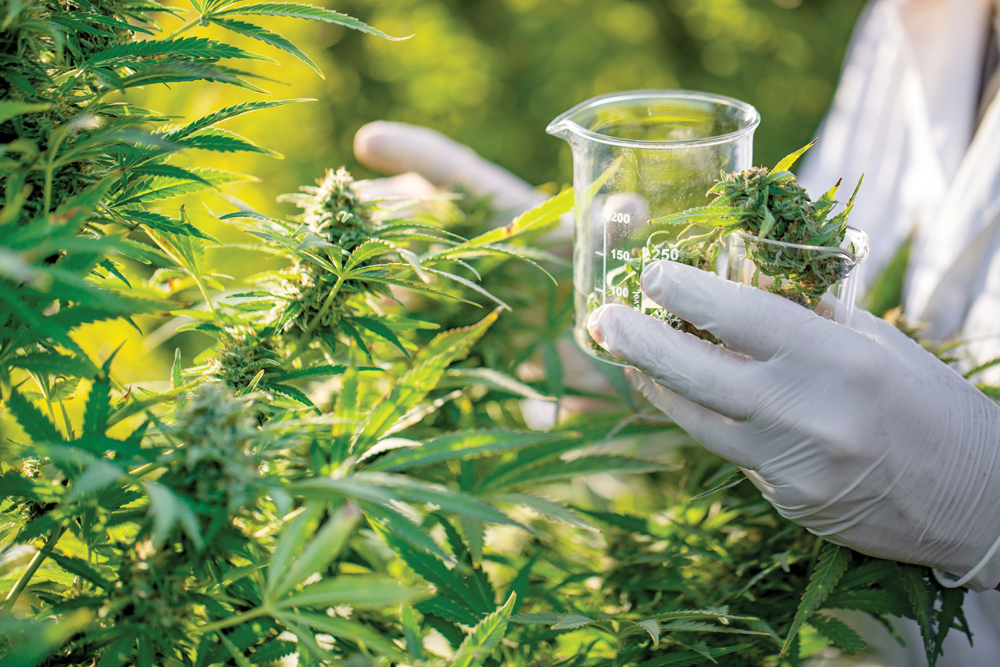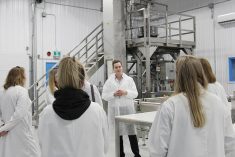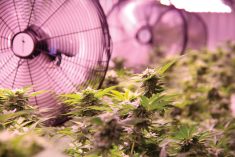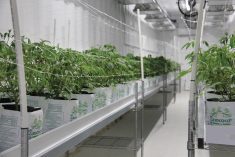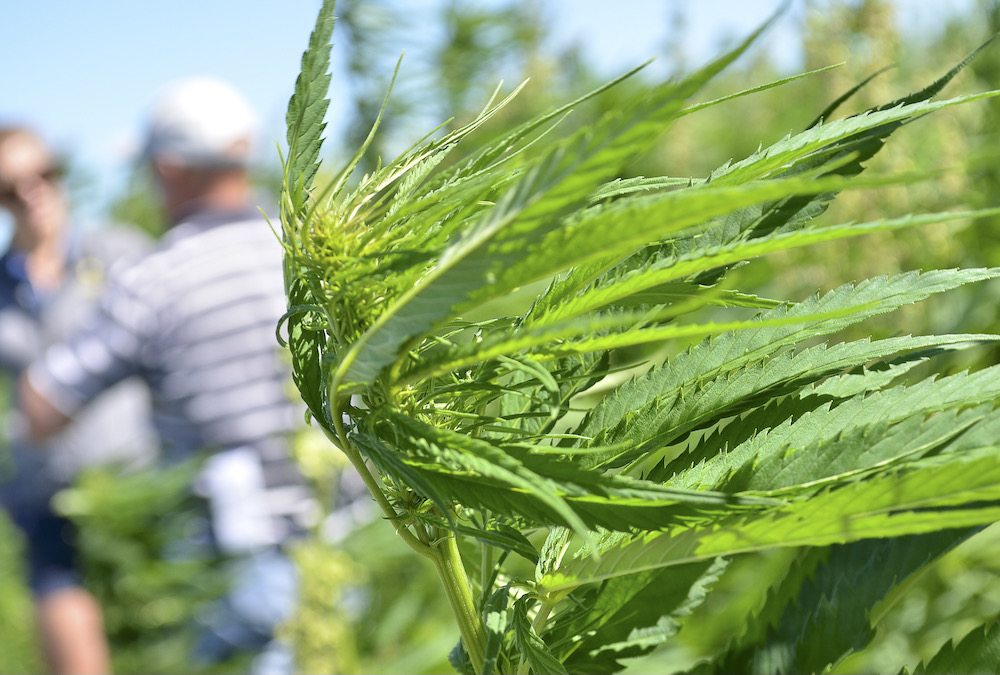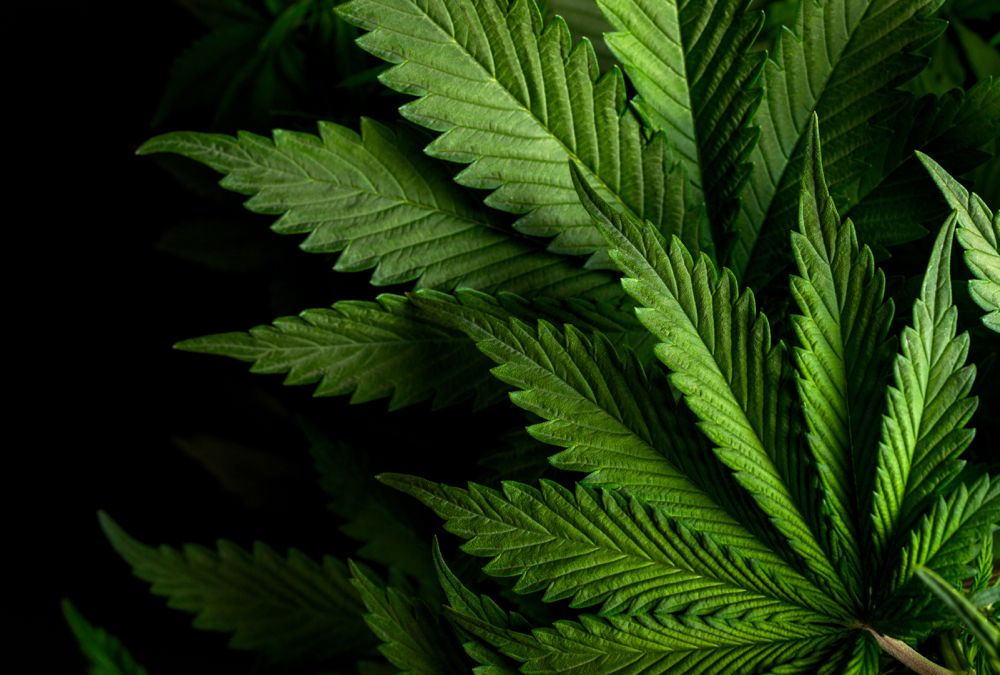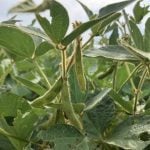Before Canadian hemp and cannabis growers have even begun to capitalize on new markets, they could have new and novel competition.
University of California synthetic biologists have engineered brewer’s yeast to produce marijuana’s main ingredients — mind-altering THC and non-psychoactive CBD — as well as novel cannabinoids not found in the plant itself.
Feeding only on sugar, the yeast is an easy and cheap way to produce pure cannabinoids that today are costly to extract from the buds of the plants.
“For the consumer, the benefits are high-quality, low-cost CBD and THC: you get exactly what you want from yeast,” said Jay Keasling, a UC Berkeley professor. “It is a safer, more environmentally friendly way to produce cannabinoids.”
Read Also
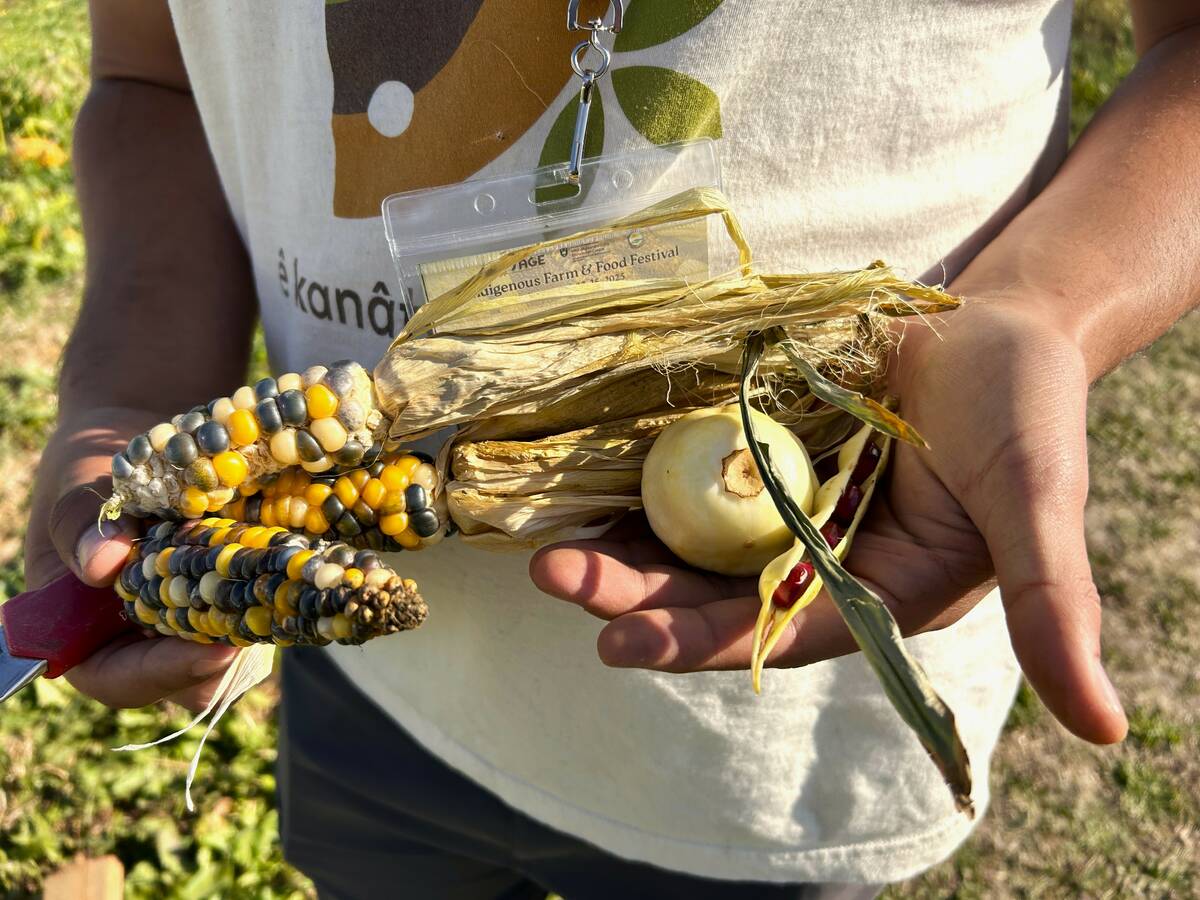
Regenerative practices meet Indigenous knowledge on the Prairies
What do traditional Indigenous agricultural practices and regenerative agriculture have in common? Quite a lot it turns out.
Medications containing THC have been approved by the U.S. Food and Drug Administration to reduce nausea after chemotherapy and to improve appetite in AIDS patients. Recreational use is legal in Canada and 10 U.S. states and the District of Columbia.
But medical research on the more than 100 other chemicals in marijuana has been difficult, because the chemicals occur in tiny quantities, making them hard to extract from the plant. Inexpensive, purer sources — like yeast — could make such studies easier.
Plus, he added, there is “the possibility of new therapies based on novel cannabinoids: the rare ones that are nearly impossible to get from the plant, or the unnatural ones, which are impossible to get from the plant.”
Cannabinoids join many other chemicals and drugs now being produced in yeast, including human growth hormone, insulin, and blood-clotting factors.

